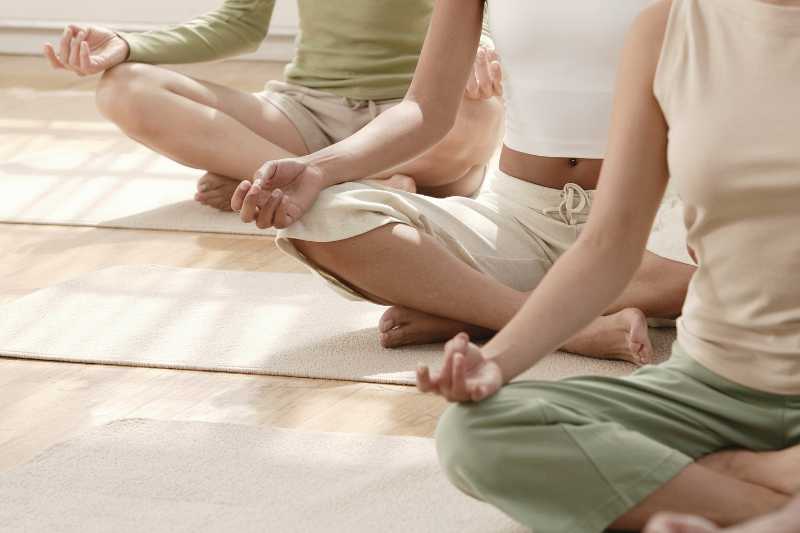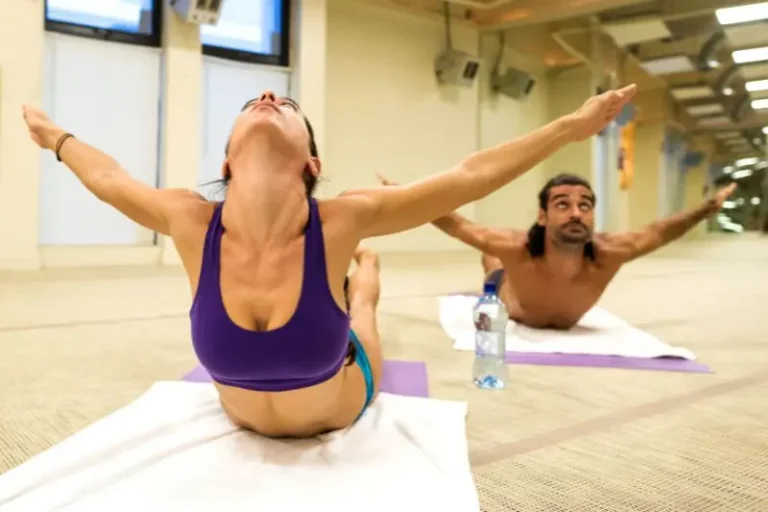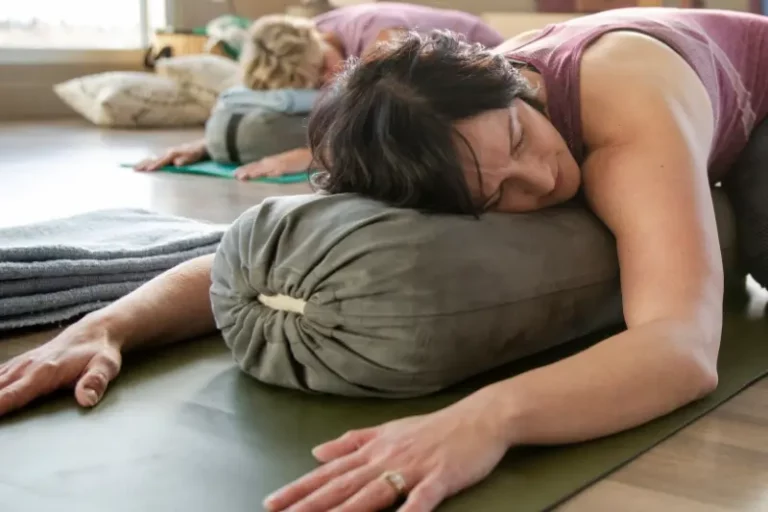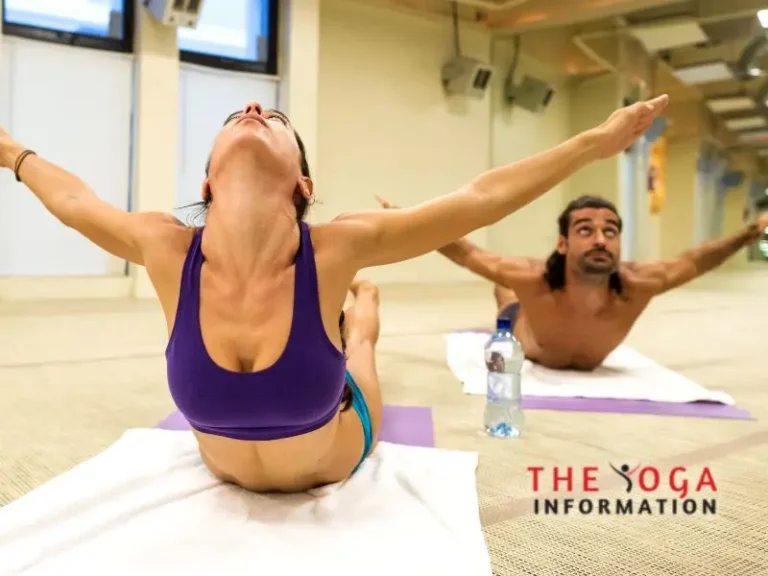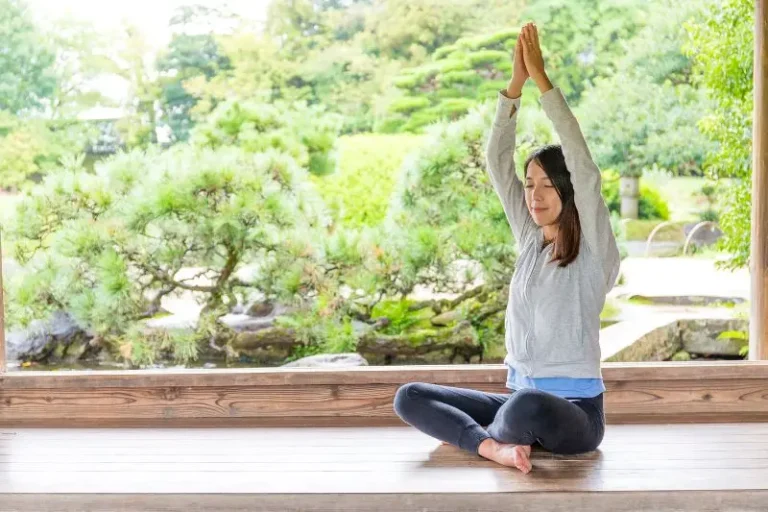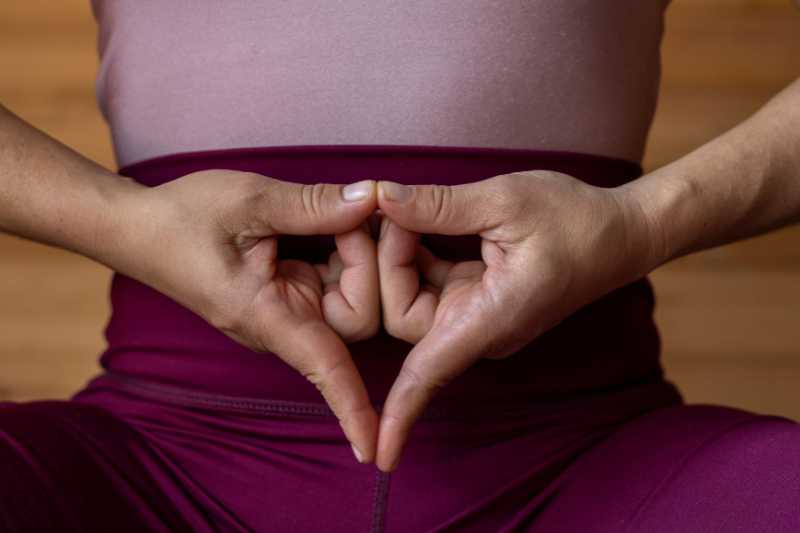
What is Hatha Yoga
Hatha Yoga is a traditional form of yoga that focuses on physical postures (asanas), breathing exercises (pranayama), and meditation (dhyana). The word “Hatha” is derived from the Sanskrit terms “ha” which means sun and tha which means moon, symbolizing the balance between opposing forces.
Originating in India over 5,000 years ago, Hatha Yoga was initially practiced by yogis to prepare their bodies and minds for meditation. Over time, it evolved into a comprehensive system that promotes physical strength, flexibility, and inner peace.
Hatha Yoga teaches us to use the body as the bow, asana as the arrow, and the soul the target.” — B.K.S. Iyengar
Types of Hasta Yoga
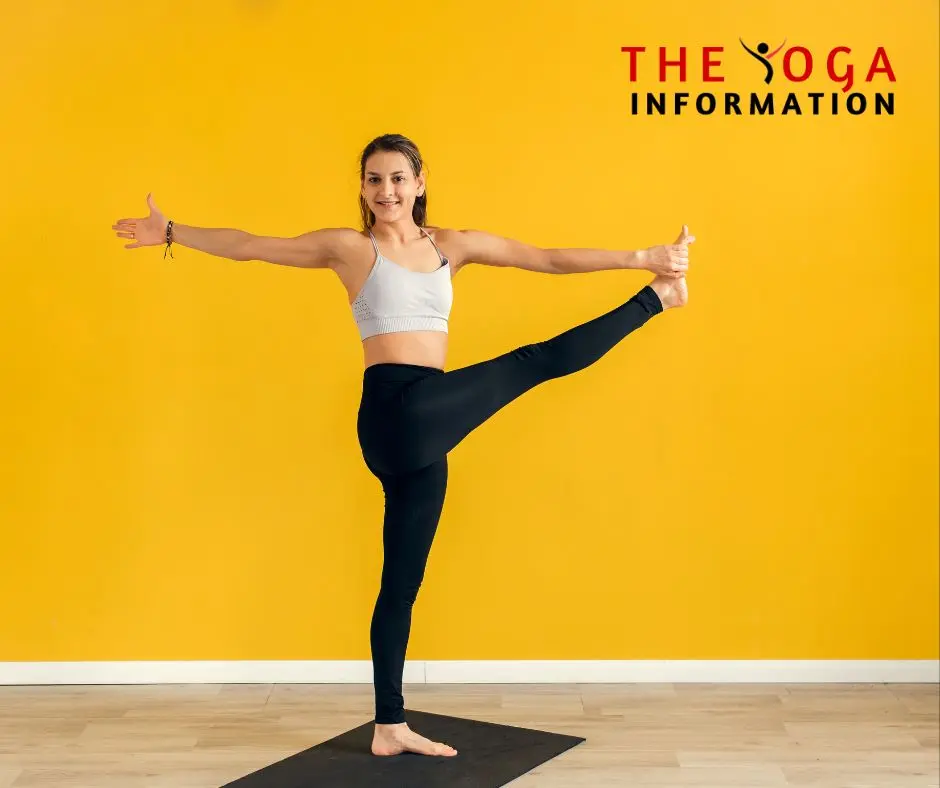
Hasta Yoga, also known as hand yoga, is a unique practice that focuses on the hands and fingers. It is a powerful discipline that offers numerous health benefits for both the body and mind.
1. Mudra Yoga
Mudra Yoga is a form of Hasta Yoga that involves specific hand gestures. These gestures are believed to stimulate different parts of the body and channelize energy flow. Mudras can be used to promote relaxation, boost concentration, and improve overall health. Some popular mudras include Gyan Mudra (knowledge and wisdom), Prana Mudra (vital energy), and Shuni Mudra (patience and discipline).
2. Finger Yoga
As the name suggests, Finger Yoga focuses on the movements and postures of the fingers. This practice helps to enhance finger dexterity and coordination. It is particularly beneficial for those who use their hands extensively in their daily activities, such as musicians, artists, and typists. Finger Yoga exercises can also alleviate joint stiffness and improve overall finger strength.
3. Palm Yoga
Palm Yoga involves stretching and strengthening the muscles in the palms of your hands. This practice helps to improve grip strength and flexibility. Palm Yoga exercises are especially beneficial for individuals involved in activities that require a strong grip, such as weightlifting, rock climbing, or playing certain musical instruments. Regular practice can help prevent injuries and enhance overall performance.
4. Hand Mudras
Hand Mudras are specific hand positions that are held for a certain duration to create a specific energetic effect. Each hand mudra has a different purpose and can be used to enhance various aspects of physical and mental well-being. Some common hand mudras include Varun Mudra (hydration and fluid balance), Apana Mudra (digestion and elimination), and Vayu Mudra (calming the mind).
5. Hand Therapy Yoga
Hand Therapy Yoga is a therapeutic practice that aims to heal and prevent hand-related injuries and conditions. It involves gentle stretching, strengthening, and mobilizing exercises for the hands and wrists. Hand Therapy Yoga can be beneficial for individuals suffering from conditions like carpal tunnel syndrome, arthritis, or repetitive strain injuries. It helps to alleviate pain, improve range of motion, and increase overall hand functionality.
Benefits of Hatha Yoga
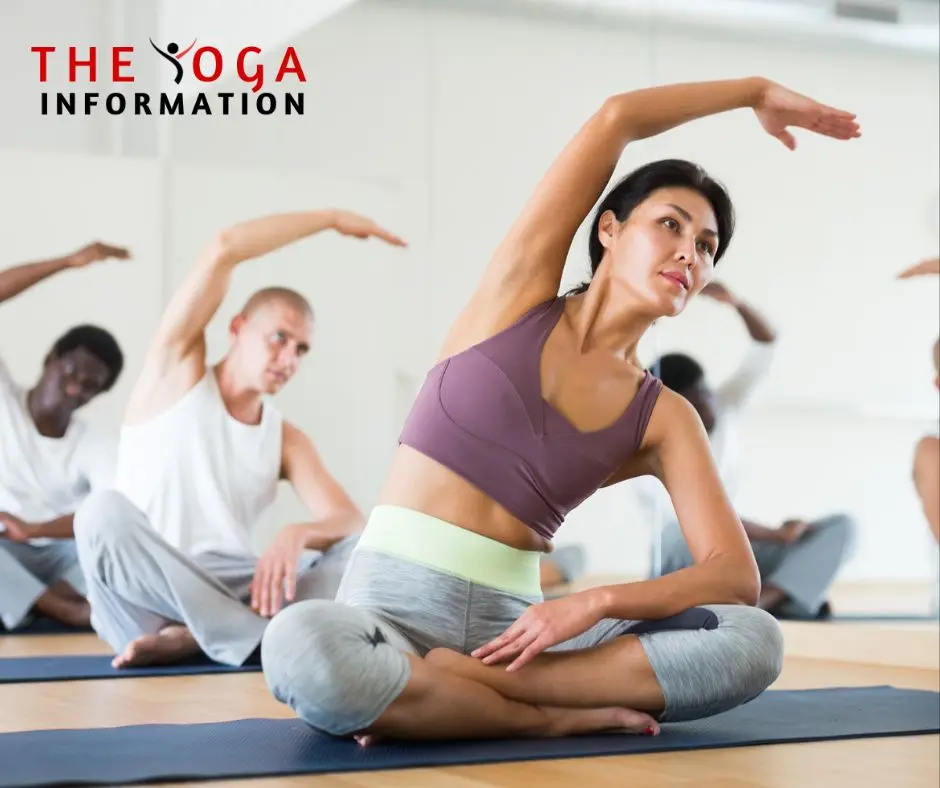
The practice of Hatha Yoga offers a myriad of benefits for both the body and mind. Let’s explore some of them
1. Physical Fitness
Hatha Yoga helps improve strength, flexibility, and balance. Through a series of asanas, you can tone your muscles, increase your range of motion, and enhance your overall physical fitness.
2. Stress Relief
In our modern lives filled with endless responsibilities and distractions, stress has become an unwelcome companion. Hatha Yoga provides a sanctuary for your mind, allowing you to let go of stress and find inner calm through deep breathing and meditation.
3. Improved Focus and Concentration
The combination of physical postures and breathing techniques in Hatha Yoga helps enhance your focus and concentration. As you synchronize your breath with each movement, you cultivate a sense of mindfulness that carries over into your daily life.
4. Increased Energy Levels
Practicing Hatha Yoga stimulates the flow of energy throughout your body, leaving you feeling revitalized and rejuvenated. Regular practice can help combat fatigue and boost your overall energy levels.
5. Inner Peace and Emotional Well-being
One of the core principles of Hatha Yoga is creating harmony between the mind, body, and spirit. By cultivating self-awareness and practicing mindfulness, you can attain a state of inner peace, leading to improved emotional well-being.
How to Practice Hatha Yoga
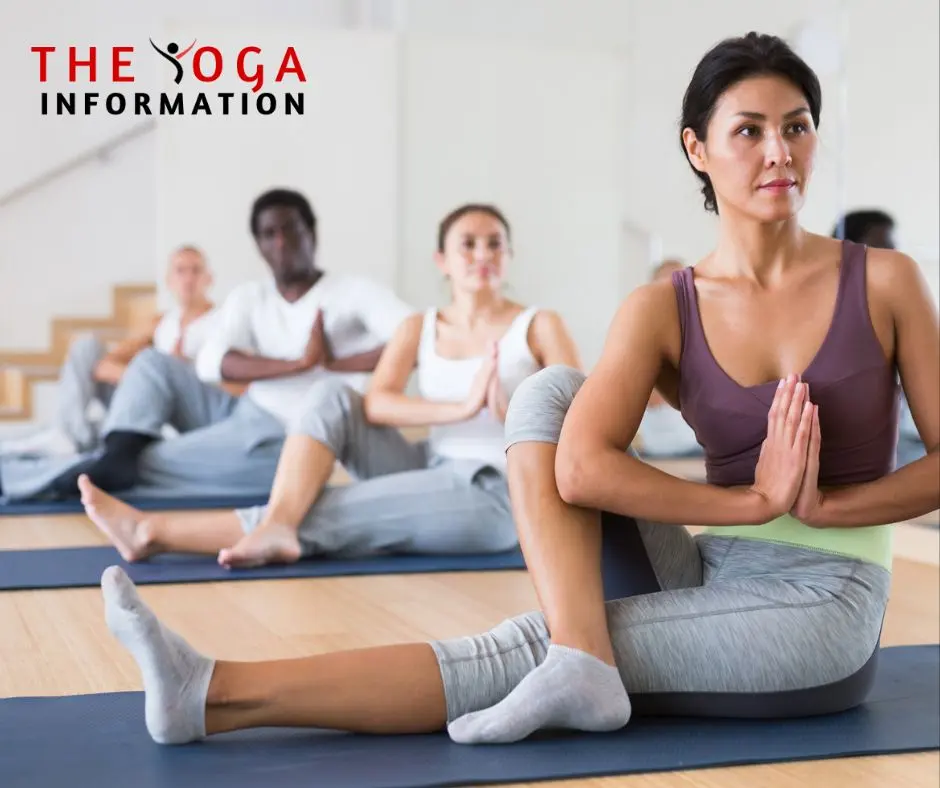
1. Find a quiet space
Begin by finding a quiet and peaceful space where you can practice without distractions. This could be a dedicated yoga studio, a serene corner in your home, or even a nearby park.
2. Warm-up
Before diving into the asanas, it’s essential to warm up your body. Start with a few rounds of gentle stretching to loosen up your muscles and increase blood flow.
3. Practice asanas
The heart of Hatha Yoga lies in the practice of asanas. These postures are designed to strengthen and stretch your body, improve flexibility, and promote overall well-being. Begin with simple poses like Mountain Pose (Tadasana), Downward Facing Dog (Adho Mukha Svanasana), and Child’s Pose (Balasana), gradually working your way up to more advanced poses as you progress.
4. Focus on breath
Breathwork is a crucial component of Hatha Yoga. Pay attention to your breath as you move through each pose, inhaling deeply and exhaling fully. This conscious breathing not only helps you stay focused but also calms the mind and energizes the body.
5. Embrace meditation
After practicing the physical postures, take some time to sit in stillness and embrace meditation. This allows you to quiet the chatter of the mind, find inner peace, and connect with your true self. Start with just a few minutes of meditation and gradually increase the duration as you become more comfortable.
6. Practice regularly
Consistency is key when it comes to Hatha Yoga. Aim to practice at least three to four times a week to experience its full benefits. Even dedicating just 20-30 minutes each day can make a significant difference in your physical, mental, and emotional well-being.
When to Practice Hatha Yoga
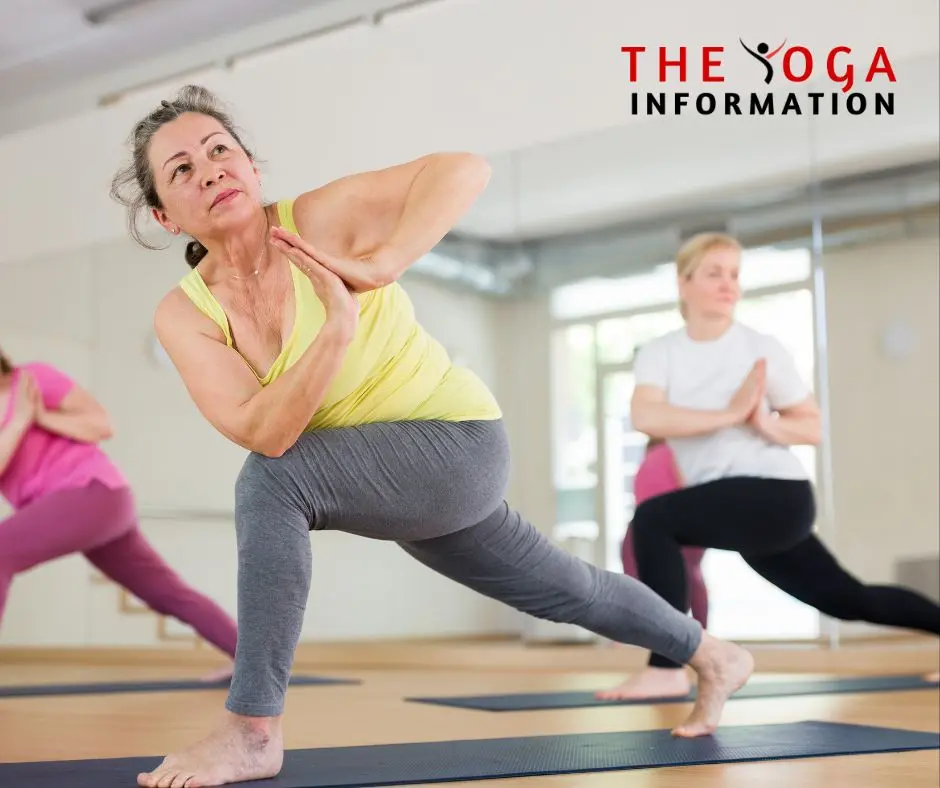
With its numerous benefits for both the body and the mind, many individuals are incorporating Hatha Yoga into their daily routines. But when is the best time to practice Hatha Yoga? In this comprehensive guide, we will explore the ideal times to engage in this ancient practice.
Morning Hatha Yoga
Starting your day with a morning Hatha Yoga practice can set a positive tone for the rest of your day. Waking up your body with gentle stretches and invigorating poses can increase your energy levels, enhance mental clarity, and promote a sense of overall well-being. Moreover, a morning practice allows you to establish a healthy routine and make yourself a priority before the demands of the day take over.
Evening Hatha Yoga
On the other hand, practicing Hatha Yoga in the evening can help you wind down after a long, hectic day. By releasing tension and stress accumulated throughout the day, you can promote relaxation and prepare your body for a restful night’s sleep. Engaging in a slow-paced, soothing evening practice can also help improve flexibility and joint mobility, as your body tends to be more warmed up in the later hours.
Midday Hatha Yoga
For those who have a flexible schedule, practicing Hatha Yoga during the midday can be a great way to break up the day and recharge your energy levels. Taking a pause from work or daily responsibilities to focus on your breath and engage in mindful movements can enhance productivity, reduce stress, and boost mental clarity. Additionally, practicing Hatha Yoga during lunch breaks can help improve digestion and alleviate discomfort caused by sitting for long hours.
Weekend Hatha Yoga
The weekends present an excellent opportunity to dedicate more time to your Hatha Yoga practice. With fewer time constraints, you can engage in longer sessions, allowing for a deeper exploration of poses and breathwork. This extended practice can help you improve your strength, balance, and flexibility over time.
Conclusion
Hatha Yoga serves as a holistic practice that not only focuses on physical postures but also integrates breath control and meditation techniques. It provides numerous benefits for both the body and the mind, promoting flexibility, strength, and relaxation. Through regular practice, individuals can enhance their overall well-being, reduce stress levels, and improve their mental clarity. Hatha Yoga offers a pathway to self-discovery and self-transformation, allowing practitioners to cultivate a deeper connection with themselves and the world around them.
